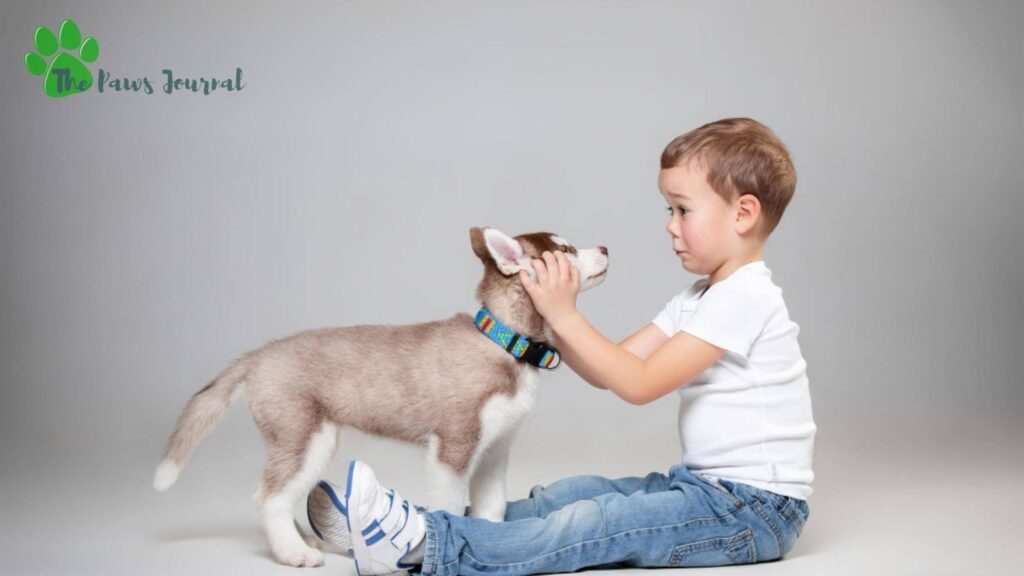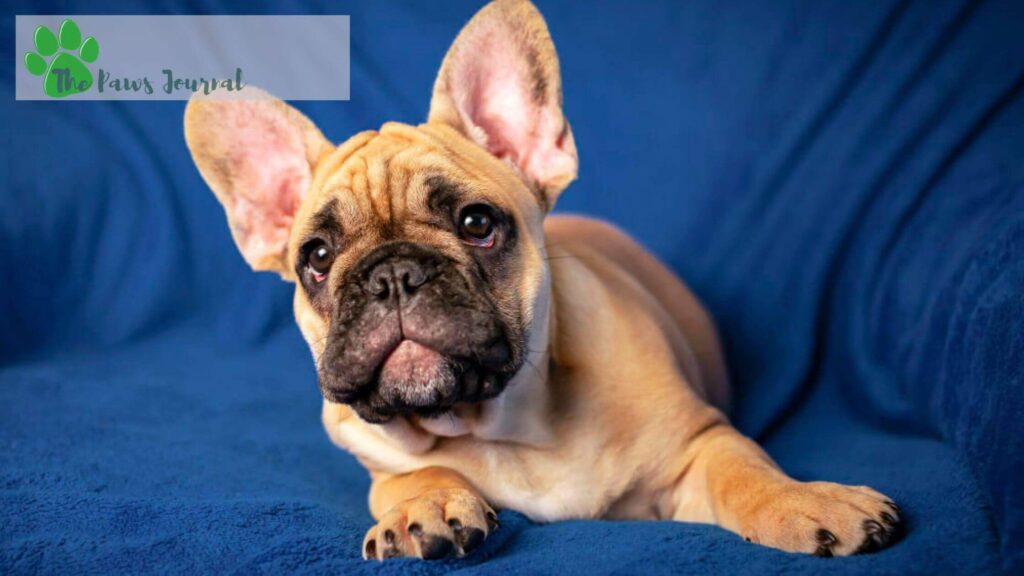How to Choose the Best Dog Breed for You – 10 Things to Consider!
Introduction
It isn’t necessary to do things a certain way when finding a new pet. What’s important is to find the most suitable breed to meet your needs is all that matters. Dogs are all different and have distinctive traits, so before making a final decision, you should do your research. Choosing the best dog breed may make or break your happiness and that of your dog.
Whether you intend to adopt or hire a breeder, you should seek out the breed that is best suited to your lifestyle and living situation.
- When choosing a dog, there are a lot of things to consider:
- Which do you prefer, a puppy or an adult dog?
- Do you prefer male or female?
- What type of dog are you looking for: purebred or mixed?
When picking a dog breed in India, keep in mind that stereotypes often accompany breed profiles. Depending on nature (genetics) and nurture (how they’re raised), dogs may have vastly different personalities.
Use this information as a Get to go guide.

1. Puppy or Adult?
Examine your lifestyle, available time and energy, and the desire of all family members to participate in the complicated process of raising a puppy. Also, be prepared to spend a significant amount of time preparing your home for his arrival.
When a puppy is purchased, it offers its new owner a “clean slate,” a chance to mold the dog into a companion or performance dog. It is fascinating to see all the stages of a puppy’s life once you have brought him home. Some of the best puppies breed in India are:-
- Beagles
- German Shepherd
- Great Dane Boxer
- Labrador Retriever
- Rottweiler
- Pug
- Golden Retriever
Getting an adult dog from a respectable breeder or owner allows you to buy a dog whose foundation has been well developed by a knowledgeable human. Most dogs are highly versatile and may easily transition to a new living situation as long as their primary care needs are addressed.
2. Male or Female?
It’s common to hear opinions about which sex to choose: some believe females are more easily trained and form deeper emotional bonds with their owners. Others swear males have better character and more consistent temperaments. “In reality, personalities differ from dog to dog and can be subjective.”
3. Purebred or Mixed Breed?
Purebred dogs have numerous advantages. A purebred guarantees the appearance of a puppy as an adult, as the size, coat type, activity level, and natural instincts have been handed down from generation to generation. Find a trustworthy breeder when acquiring a purebred to guarantee that the dog is healthy and free of certain heritable genetic diseases.
Mixed-breed dogs, or “mutts,” as they are colloquially known, may also make wonderful pets. To guarantee that you select the greatest mixed breed for your family scenario, learn as much as you can about the dog’s history, background, and previous treatment.
Given mixed breed preferences, the best dog to breed are…
- Siberian Husky
- German Shepherd
- Samoyed
- Tibetan Mastiff
- Rottweiler
- Saluki
- Labrador Retriever
- English Bulldog
- Rottweiler
- Otterhound
- French Bulldog
Having this knowledge can help you forecast future difficulties and design a remedy if they occur.
4. Size
Dogs come in a range of forms and sizes, ranging from the Chihuahua and Yorkshire terrier to Saint Bernard and Great Dane. The size of your living area is the most important thing to consider when choosing a dog breed.

- Do you live in a small apartment or a house?
- Do you have enough accommodation for a big dog?
- Or will your living area only accommodate a small dog?
- Do you have a backyard where the dog may readily go for exercise and to relieve themselves?
Keep in mind that certain little canines are more fragile and prone to damage. Stepping on or even being mistreated might result in catastrophic harm. Also, little dogs might be more sensitive to cooler temperatures, so be prepared to assist in keeping them warm. Because of their small stature, they may require more frequent meals and toilet breaks, making them more high maintenance than some bigger dogs.
Large dogs require a little more room to maneuver about. To prevent tail injury or damage to household objects, large, joyful dogs with long, whip-like tails require “wagging space.
Ultimately, the size of the dog needs to be taken into consideration in other aspects.
5. Schedule
Getting a dog that is consistent with your schedule helps ensure that your pet receives the attention they require.
- Do you have the time to devote to properly training a puppy?
- Will you be able to give a high-energy dog the long walks and activities they require?
- Do you require a more self-sufficient senior dog who can be left alone throughout the day?
6. Age
When it comes to picking between a puppy and an older dog, first-time dog owners are often overwhelmed. Although there is no ideal age to have a dog or puppy, your lifestyle might shape your decision.
Puppyhood, adolescents, adulthood, and seniorhood—a dog’s character alters among each stage. Adult dogs are more likely to be potty trained and have calmer temperaments than puppies.
Although the dog is an adult does not imply he is trained, you should expect some effective teaching at first.

7. History
You’ll know the dog’s backstory if you buy from a dog breeder. If you adopt from an animal shelter, the past may be hazier. Your dog may have been abandoned or even abused, and events in their past can impact their demeanor. However, just because they have a negative background doesn’t mean they won’t be the right dog for you—you simply have to be prepared to put in the effort.
Each breed has a unique personality, therefore, it’s critical to determine which type will be the most compatible with yours. Provided you are very sensitive to animal fur, a low-shedding dog breed such as the poodle may be suitable if their other characteristics fit your requirements.
8. Grooming and Shredding
As dogs evolved, each group acquired coats to defend themselves from both the weather and predators—in other words, their coats became utilitarian. Short-haired, smooth-coated dogs made good hunters since they didn’t pick up burrs or get trapped in the field. Long coats assisted dogs bred to labor in colder climes in staying warm. Grooming is not only time demanding, but it may also be expensive.
Dogs that shed a lot may not be suitable for your household if you have a family member who is allergic to dog fur.
9. WHAT COAT WORKS BEST FOR YOU?
What sort of coat will your dog grow?
- Short coats: Although their coats do not tangle or mat, they do shed profusely twice a year. Pointers, Weimaraners, and Boxers are a few examples.
- Mid-length coats: This coat sheds severely twice a year, but the daily maintenance is typically simple. Tibetan Spaniels, Brittanys, and Borzois are a few examples.
- Double coats: German Shepherds, Collies, and Australian Shepherds are a few examples. These dogs have a thick undercoat and a short outer coat.
- Long coats: This sort of coat is generally smooth and flowing, and it must be brushed daily. Dog breeds with long hair are Afghan Hounds, Irish, English, and Gordon Setters.
- Curly coats: The Poodle is an example of a breed with this coat. These coats will require maintenance and trims regularly, as well as professional grooming every 4 to 6 weeks.
- Wire coats: Breeds with this coat type include the Wire Fox Terrier and the Scottish terrier. These breeds may require trimming every 6 to 8 weeks.
10. ACTIVITY LEVEL, PERSONALITY, AND TRAINABILITY
Puppies’ activity level, personality, and trainability will vary based on the individual puppy, just as there are many various coat kinds among breeds.
The smartest dog breeds which are more teachable and trainable are: – Border collie; German shepherd; Doberman pinscher; Papillon; Rottweiler; Poodle.
- Pastoral group- Cocker Spaniels, Jack Russell Terriers, and Sheepdogs are just a few breeds recognized for their high activity levels.
- Less energetic breeds, such as Chow Chows, Great Danes, and the Basset Hound, are typically best suited for older persons or those who live a laid-back lifestyle.
- Personality: Some breeds, such as the Bichon Frise and the Shih Tzu, want to be with their owners as much as possible and are the best dog breed suited to persons who spend the majority of their time at home. Others, such as St. Bernard, will connect with their owners but will seldom accompany them from room to room.
- Trainability: Every puppy needs training, and each one learns uniquely. However, other breeds, such as the Standard Poodle and the German shepherd, are usually simpler to train.
Choosing a new pooch is an exciting moment, and it’s a lot of joy to bring them home, but following the above considerations will enable you to make the best possible selection for you. We hope you find the ideal breed for you and your FAM!
Congratulations! You’re all set to get your companion fur buddy home. It is now time to determine which cutest dog breed is perfect for you.







